Is there really a difference between a $10 bottle of wine vs a $100 bottle? Does expensive wine really taste better than cheap wine? Does price equate to better quality? Expensive or not, both wines are made from grapes so what’s the big deal? Turns out, there are a lot of factors when it comes to producing a $10 bottle vs a $100 bottle. Here at TriWine, we are going to break down the traits to give you an idea of what determines the cost between cheap wine vs expensive wine and if they really do taste any different.
TRAIT 1: TERROIR
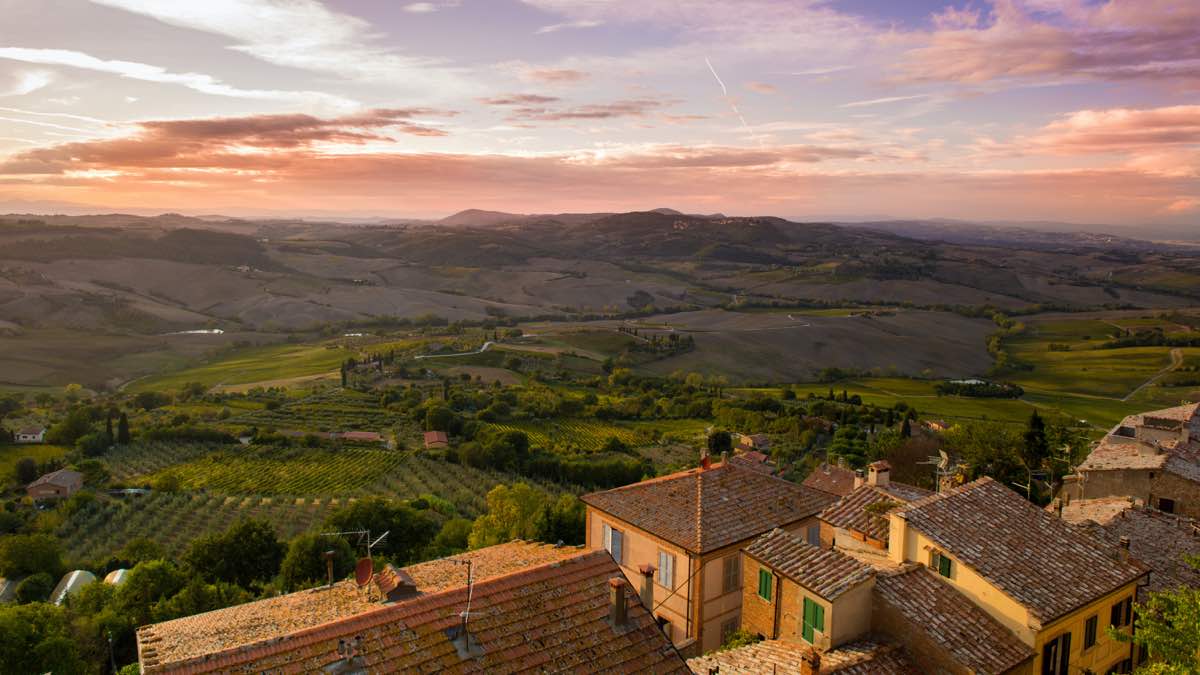
Terroir, pronounced “tare WAHR”, is how a particular region’s climate, soils, and terrain affect the taste of wine. Terroir plays a huge role in the cost of fine wines vs bulk wines as well as it’s appellation location. Wines that are grown in well-developed wine regions like Burgundy and Champagne will cost more because of the landscape in which the grapes are grown. AOC’s or appellations from these regions grow on hills and valleys that have perfect climates and low nutrient soil. Vineyard management such as hand pruning, irrigation, location, airflow, and plenty of sunlight also adds to the cost of an expensive bottle of wine.
Premium grapes from well-developed wine regions also play a role in making an expensive bottle of wine. When premium grapes are ripe, they are hand handpicked from older vines that produce fewer grapes which help to keep the intensity of the wine. Inexpensive wines are machine-harvested on vineyards that have higher grape yields to produce wine in bulk. Some other inexpensive terroir traits include grapes that are not hand pruned and have grapes grown in developing wine regions in large inexpensive plots of land.
TRAIT 2: OAK BARRELS
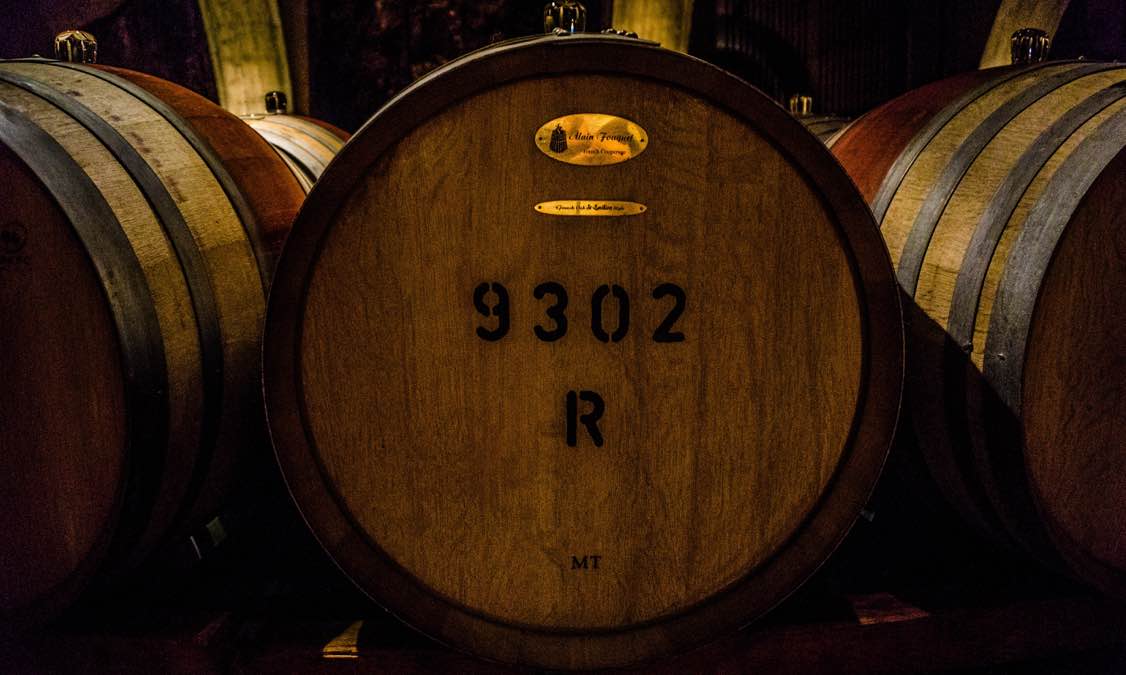
Wines aged in oak barrels, especially “new” oak barrels add depth to the wine which drives up the value of fine wines. Oak barrels have two key components that winemakers need to make a bottle of great wine: oak flavors (nuts and baking spices) and exposure to oxygen. When wine is exposed to oxygen it makes the tannins less intense and creates smoothness in the wine. Ever heard the term “Angel Share”? Well, Angel Share refers to the evaporation process that happens during permeation. Oak wine barrels aren’t airtight so the wine evaporates about 2% throughout the year leaving winemakers to lose about 6 gallons which is equivalent to 30 bottles of wine.
Oak barrels are also very costly which is another reason why a good bottle will run you $100 or more! An American or French oak barrel can cost between $850 – $3600, as opposed to a stainless steel container, which has a one time fee of $900 with little maintenance and lasts longer than 30 years. The life of wine inside oak barrels is very short; you get about 8 fills with 480 gallons, and over the course of 30 years a well-maintained barrel will cost up to $4500 before replacement.
TRAIT 3: TIME
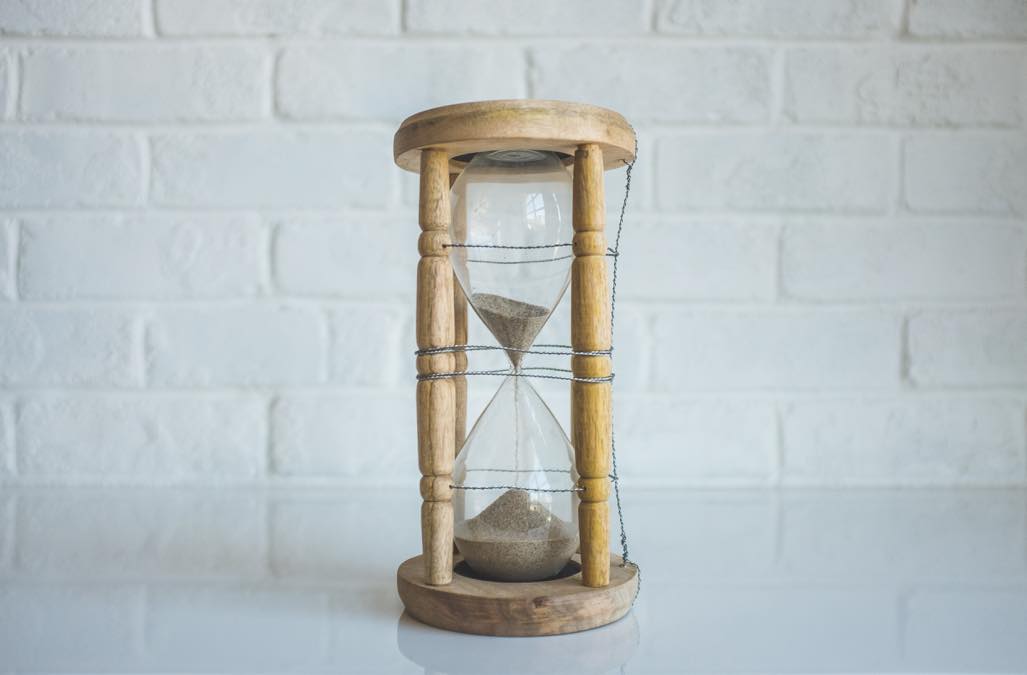
A well-aged wine spends a lot of time aging in oak barrels, we’re talking years. For example, an $6 bottle may have aged 6-9 months while a $700 bottle would age no less than 12 months and can spend up to years more aging in a barrel. The term ” the older the better” mainly pertains to red and white wines because as the wine ages, it picks up all the notes of the oak. Aged reds will have flavors of cedar, leather, vanilla, almond, and cloves while some aged whites will pick up caramel, brown sugar, vanilla, dill, raisins, and candied fruits. Time reduces tannins, acidity, and changes the taste of wine picking up more fruit flavors by rounding and smoothing it out.
TRAIT 4: LABOR

Oak barrels require a lot more man-hours than wine stored in stainless steel containers which also adds to the cost of a bottle of wine. Maintenance of oak barrels takes about 5 minutes per barrel required to cure, clean, empty, and top off as opposed to wines stored in stainless steel containers which require less maintenance and can be done in about 1 minute.
TRAIT 5: GRAPES
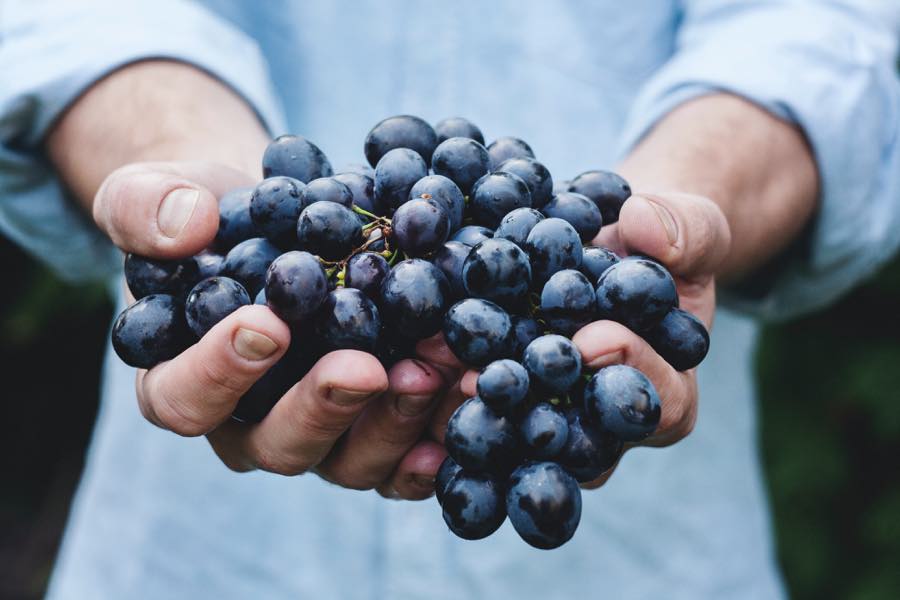
Expensive wines have more concentrated, high-quality, lower-yielding vineyard grapes that produce naturally occurring sugars as opposed to heartier grapes from inexpensive plots that add residual sugar. These added sugars ramp up the flavor in affordable bottles but also prevent the natural sugars to convert into alcohol naturally which preserves sweetness and intensity.
TRAIT 6: PACKAGING
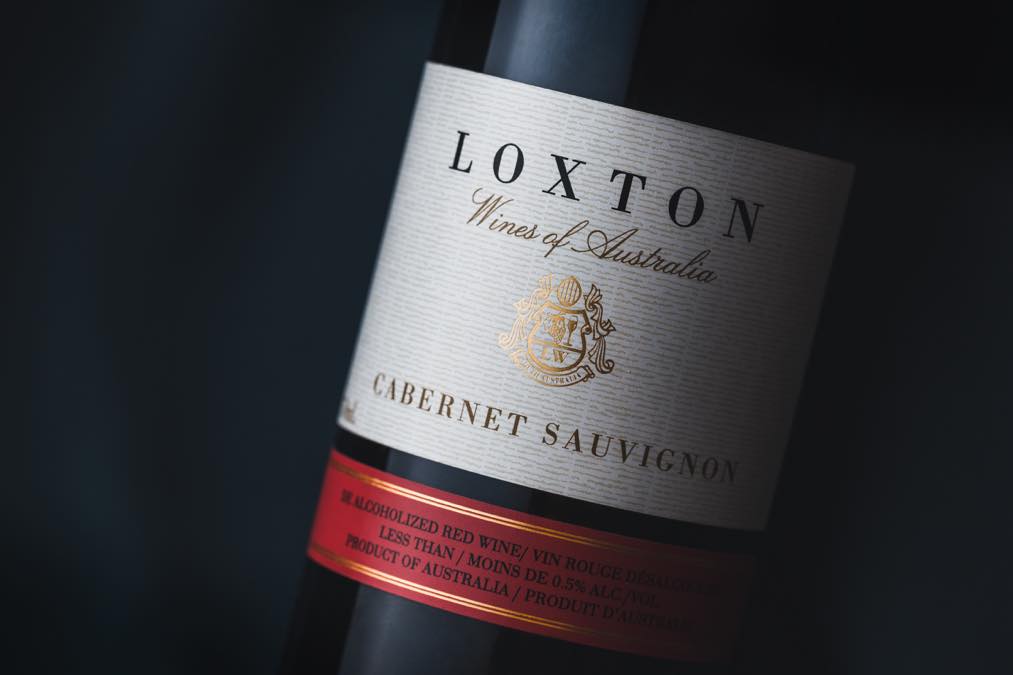
When it comes to packaging, a wine bottle’s shape, cork, and label can help sell a wine. For example, wines sold in bulk will come in a thinner bottle, have a cute label with a fake cork or twist-off cap, and have an inexpensive seal. When you look at the packaging on an expensive bottle of wine, you’ll notice a heavier glass bottle which is designed for wine cellar storing; a lengthy real cork with a tighter seal and an elegant wine label which sometimes features artwork from a famous artist
As you can see, plenty of factors go into making an expensive bottle of wine. Does that mean you can’t find a good $10 bottle of wine? Of course not, you just have to remember that higher-priced wines will have more winemaking traits that go into producing them. Vintners that produce cheaper wines have to get as many grape yields onto one vine, which can sometimes produce wines that are less intense or complex because they can’t afford to restrict grape growth. This isn’t necessarily a bad thing but with cheaper wines, the grape yield process is more about quantity rather than quality.
Hopefully, after listing these traits, you get a better idea of what drives the price of an expensive bottle of wine and you will be a little more forgiving, even if your palate can’t decipher or taste the difference now.
DO EXPENSIVE WINES TASTE BETTER THAN CHEAP WINES?
When it comes to taste, the difference between cheap wine vs expensive wine is really a matter of personal opinion as some people prefer the taste of bulk wines over expensive wines. Most cheap wines have residual sugars that are used to improve the flavors of affordable wines whereas fine wines are made with little to no residual sugars. The more wine you drink and become familiar with how wines are made, the more you realize that there is a taste difference.
Tasting quality is a learned skill that comes with time and yes, more wine tasting. Even if you don’t know how expensive a wine is, your palate will start to pick up a well-made wine vs a bulk wine. Fine wines are said to have a velvety feeling, with just the right balance of fruits, light tannins, and acidity which stand apart from a less expensive wine.
In the end, TriWine will be able to help choose the right wine and see past the confusing pricing between a bottle of fine wine vs bulk wine. When you know what to look for and get the chance to experience an expensive bottle of wine, remember what you just learned, maybe you’ll hear the angels sing after you take your first sip.


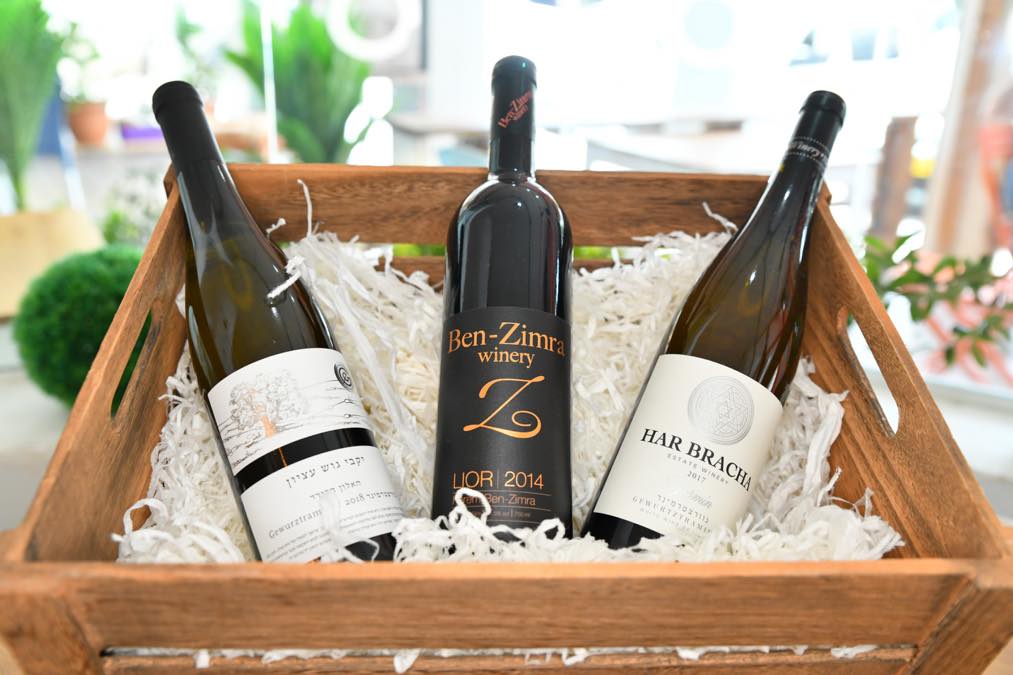
Be the first to hear about the latest product releases, blog posts, and partnerships.
Receive Notifications on our limited Early Bird exclusive discounts!Join TriWine